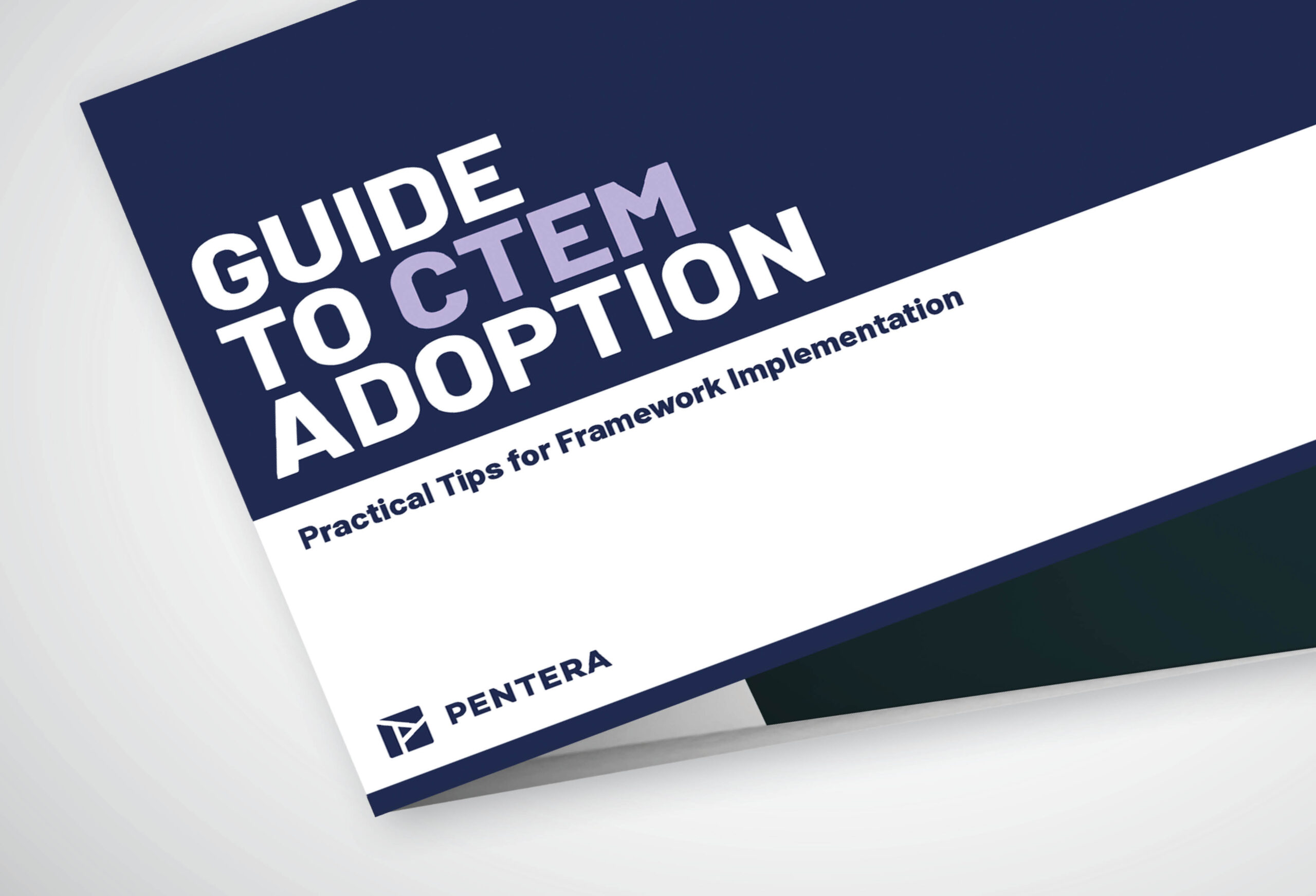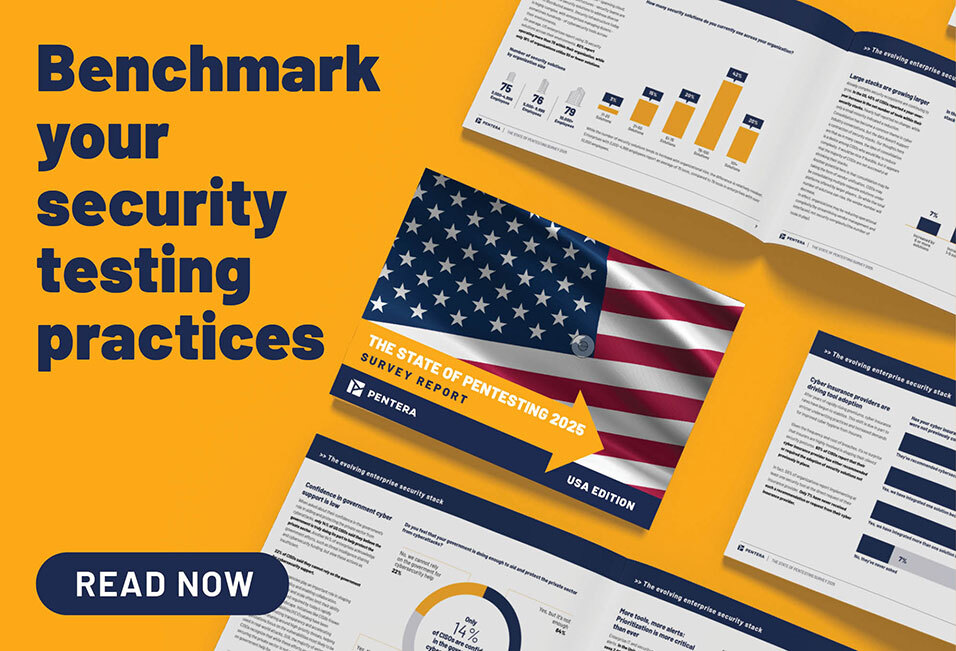Vulnerability management today is a key process in any security program and regulatory compliance framework. With the growing number of data breaches and rising costs of stolen data, vulnerability management tools can no longer be considered a side dish; they are the bread and butter of a corporate security stack. However, even as these programs form the cornerstone of corporate security, the number of attacks continues to rise, raising questions about their overall effectiveness.
With new vulnerabilities being discovered daily, how do you decide which flaws to focus on first? What about the shortage of personnel needed to patch vulnerabilities quickly? And do vulnerability management tools really cover all exploitable vulnerabilities hackers might use? These gaps open a floodgate of worries that show no signs of easing.
We Need A “Seeker”, Not A “Scanner”
Vulnerability scanning programs provide a way to identify static application and OS vulnerabilities caused by unpatched software. The problem with most vulnerability scanning tools is their narrow focus on static vulnerabilities. Hackers often exploit other types of weaknesses—ones linked to human factors (e.g., weak passwords), misconfigured security controls (e.g., antivirus policies), and network settings (e.g., relaying capabilities).
Other overlooked vulnerabilities include open shared folders, misconfigured firewalls, and overprivileged scripts. These weaknesses create fertile ground for hackers but remain outside the scope of most vulnerability scanners. As a result, critical parts of the network are left exposed for extended periods, enabling intrusions and lateral movement to sensitive data assets.
To address these challenges, organizations need a “vulnerability seeker” that proactively probes their networks, simulating the actions of a real hacker.
Watch how attackers exploit vulnerabilities in real time. See the live demo.
Smarter Ways to Prioritize Vulnerabilities
Organizations are drowning in a sea of vulnerabilities, many of which are false positives or non-critical. Every day brings another risk report, adding to the overwhelming workload. The problem lies not just in the sheer number of vulnerabilities but in how they are prioritized.
Even the Common Vulnerability Scoring System (CVSS) struggles to provide meaningful prioritization. Targeting only vulnerabilities with CVSS scores of 8-10 might seem efficient but often fails to address the specific threats facing an organization. With so many vulnerabilities scoring high, it’s impossible to fix all of them. Worse, not all high-scoring vulnerabilities are equally dangerous. Only a small percentage pose significant risks. So, how do you identify them?
Clearly, there’s a need to prioritize which vulnerabilities should be earmarked for remediation in a totally new way. The question is how?
How Can Automated Penetration Testing Help?
Vulnerability scanning can identify weak points, but it stops short of evaluating their true exploitability. Complementing this process, penetration testing takes it further by attempting to exploit vulnerabilities to reveal real attack paths.
Automated penetration testing builds on traditional scanning by implementing a continuous “scan-attack-extract” sequence. This approach ensures vulnerabilities are prioritized based on their actual breachability and potential business impact. By mimicking hacker behavior, automated pentesting helps organizations focus on vulnerabilities that lead to critical assets, deprioritizing those that pose minimal risk.
For example, automated pentesting can uncover risks in overlooked areas, such as regression patch vulnerabilities or misconfigurations, ensuring remediation efforts are targeted effectively.
Why Vulnerability Management Needs to Evolve
No one denies the value of vulnerability scanners for identifying application and OS weaknesses. However, their inability to prioritize vulnerabilities based on actual breachability and business impact limits their effectiveness.
This is where automated penetration testing steps in. It enhances vulnerability management by providing a hacker’s perspective, uncovering vulnerabilities across systems, networks, and human factors. Its continuous, automated nature enables organizations to maintain a strong cybersecurity posture while addressing evolving threats.
Could CISOs and their teams finally get ahead of the vulnerability sprawl? With automated pentesting, they have a fighting chance.
Final Thoughts
Vulnerability management needs to move beyond static scanning to proactive prioritization. Automated penetration testing bridges the gap, spotlighting actionable vulnerabilities like those in PrintNightmare exploits or regression patch vulnerabilities, ensuring organizations focus on what truly matters.
By adopting automated penetration testing, security teams can reduce noise, focus on critical threats, and continuously strengthen their defenses.







